Calle Crisologo, a place where history comes alive and the charm of the Spanish colonial era unfolds before your eyes. This picturesque street, nestled in the heart of Vigan, Ilocos Sur, is a testament to the rich heritage and cultural legacy of the Philippines. I am excited to take you on a journey through time, where you’ll witness beautifully preserved Spanish colonial architecture, stroll along cobblestone streets, and immerse yourself in the vibrant tapestry of this historic gem.
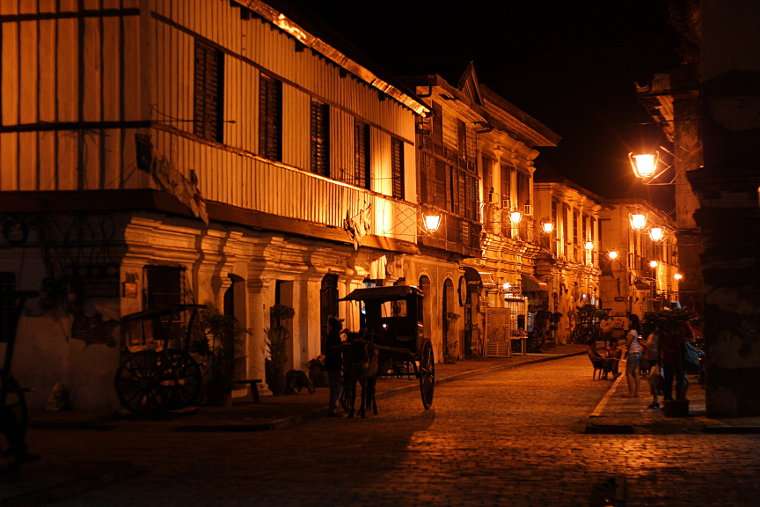
How To Get There
To get to Calle Crisologo in Vigan’s Heritage Village, there are a few transportation options available. The easiest way is to take a tricycle from the city center, which should cost around 50 pesos.
If you’re traveling from Manila, you can take a bus to Vigan and then take a tricycle to Calle Crisologo. Alternatively, you can rent a car or join a guided tour to explore the area.
Regardless of how you get there, you’re sure to be enchanted by the rich history, stunning architecture, and vibrant culture that make Calle Crisologo such a unique and memorable destination.
BEST TIME TO VISIT
The best time to visit Calle Crisologo in the Philippines is during the dry season, which runs from November to April. This is when the weather is most pleasant and the streets are less likely to be flooded.
However, be prepared for larger crowds during peak travel periods, such as Christmas and Holy Week. If you prefer a quieter experience, consider visiting during the off-season months of May to October. Regardless of when you go, be sure to wear comfortable shoes and bring a camera to capture the picturesque scenery.
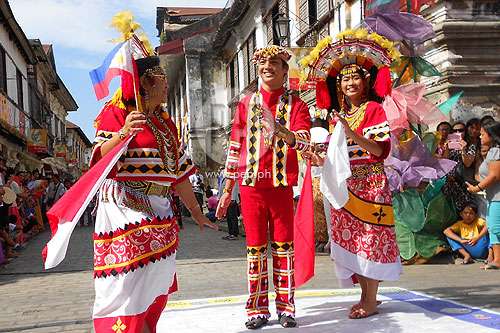
If you want to witness the vibrant cultural celebrations in Vigan, consider visiting during festival seasons. One of the most popular festivals is the Viva Vigan Binatbatan Festival of the Arts, held in the first week of May. This festival showcases street dancing, parades, and various cultural activities that bring Calle Crisologo to life.
Ultimately, the best time to visit Calle Crisologo is subjective and depends on your interests and preferences. Consider the weather, festivals, crowd levels, and special events to choose a time that aligns with what you want to experience during your visit to this historic street.
Restaurants Around Calle Crisologo
Cafe Leona
1995 Studio Cafe
Calle Brewery
BarTech
Cosina Ilocana
Irene’s Vigan Empanada
Casa Vicente Restaurant
Cafe Evelyn
Rainbow Paradise Foodcourt
Kubo Ville
Ancieto Mansion Tourist Inn & Restaurant
Mang Inasal
Comedor at Hotel Luna
Bistro 23
Cafe Bigaa
Casa Jardin Empanada & Okoy
Max’s Restaurant
Nanang Sion
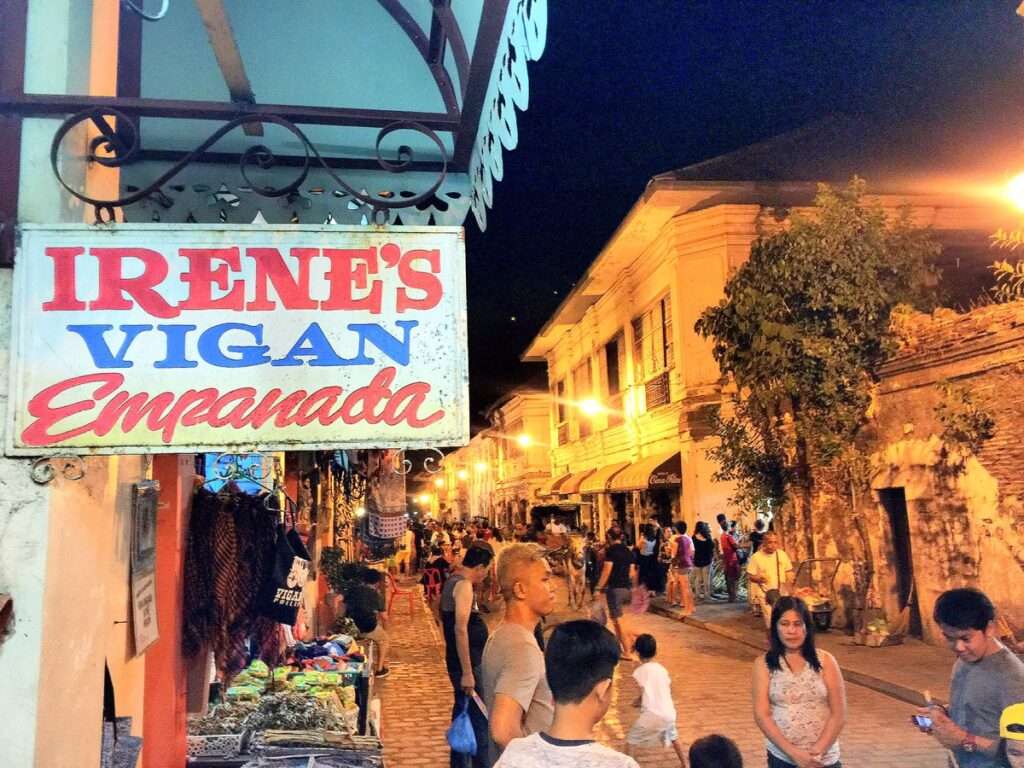
Things To Do in Calle Crisologo
- Explore the Historic Street: Take a leisurely stroll along Calle Crisologo and admire the well-preserved Spanish colonial architecture. Marvel at the beautifully restored ancestral houses, characterized by their thick walls, wooden upper floors, and intricately designed windows.
- KALESA Ride (Horse-drawn Carriage Ride): Experience a nostalgic ride in a traditional horse-drawn carriage known as a calesa. These iconic carriages take you on a leisurely tour of Calle Crisologo and its surroundings, providing a unique perspective of the street’s historic charm.
- Try Local Cuisine: Calle Crisologo and its surrounding area offer numerous eateries and restaurants where you can savor delicious Ilocano and Filipino cuisine. Don’t miss out on tasting regional specialties like Vigan longganisa (sausages), empanada (stuffed pastry), and bagnet (crispy pork belly).
- Try the delicacies of Marsha’s: You should try the mouthwatering pastries and sweets of Marsha’s. They have royal bibingka, supreme bibingka, Cassava cake, Brownies, Pudding, Ensaymada, Cinnamon rolls, Cream puff, Bolero, Baked Macaroni, Pichi-pichi, Calamay and a lot more.
- Shop for Souvenirs: Calle Crisologo is lined with shops and boutiques selling unique souvenirs and handicrafts. Browse through the selection of local products such as woven textiles, pottery, antiques, and traditional crafts to find the perfect keepsake to remember your visit.
- Visit Museums: Explore the museums in Vigan, such as the Crisologo Museum and the Syquia Mansion Museum, which provide insights into the history and heritage of the region. These museums showcase artifacts, memorabilia, and exhibits related to prominent personalities and historical events.
- Capture Memorable Photos: Calle Crisologo offers countless photo opportunities with its picturesque streets, colorful buildings, and charming details. Capture the essence of the place by taking memorable photographs that encapsulate the beauty and history of this iconic street.

Rich History
Calle Crisologo dates back to the Spanish colonial period in the Philippines. It was named after the Ilocano poet and writer, Governor Marcelino Crisologo, who hailed from Vigan. The street was originally named Calle Escolta de Vigan and served as a vital link between the St. Paul Metropolitan Cathedral and the town plaza.
During the Spanish era, Calle Crisologo thrived as a bustling commercial hub. The street was lined with various types of stores and establishments, including shops selling textiles, garments, and other goods. It became a center of trade and commerce in Vigan and attracted merchants from different parts of the region.
One of the most striking features of Calle Crisologo is its well-preserved Spanish colonial architecture. The street is lined with ancestral houses, commonly known as “bahay na bato,” characterized by their thick walls made of bricks or stones, wooden upper floors, and capiz shell windows. These houses reflect the fusion of Filipino, Chinese, and European architectural influences.
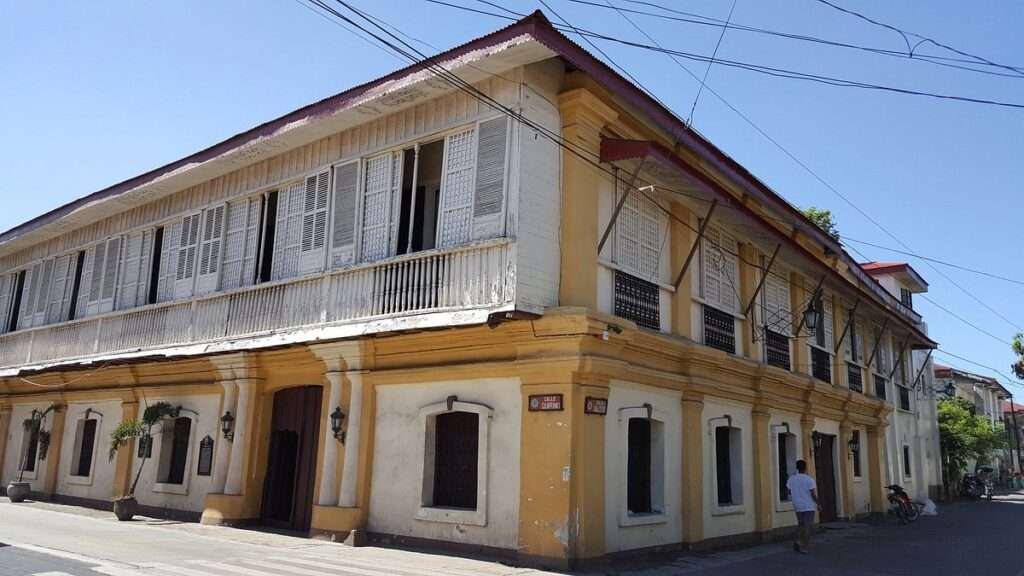
In the 1970s, Calle Crisologo and the entire city of Vigan faced the threat of urban development and modernization. However, recognizing the historical and cultural significance of the street, preservation efforts were initiated. In 1999, Calle Crisologo was declared a UNESCO World Heritage Site, ensuring its protection and conservation for future generations.
Today, Calle Crisologo is one of the major tourist attractions in the Philippines, drawing visitors from around the world. The street offers a glimpse into the past, with horse-drawn carriages (Kalesas) traversing the cobblestone roads and shops selling local crafts, souvenirs, and delicacies. Many of the ancestral houses along Calle Crisologo have been transformed into charming bed and breakfasts, boutique hotels, restaurants, and souvenir shops.
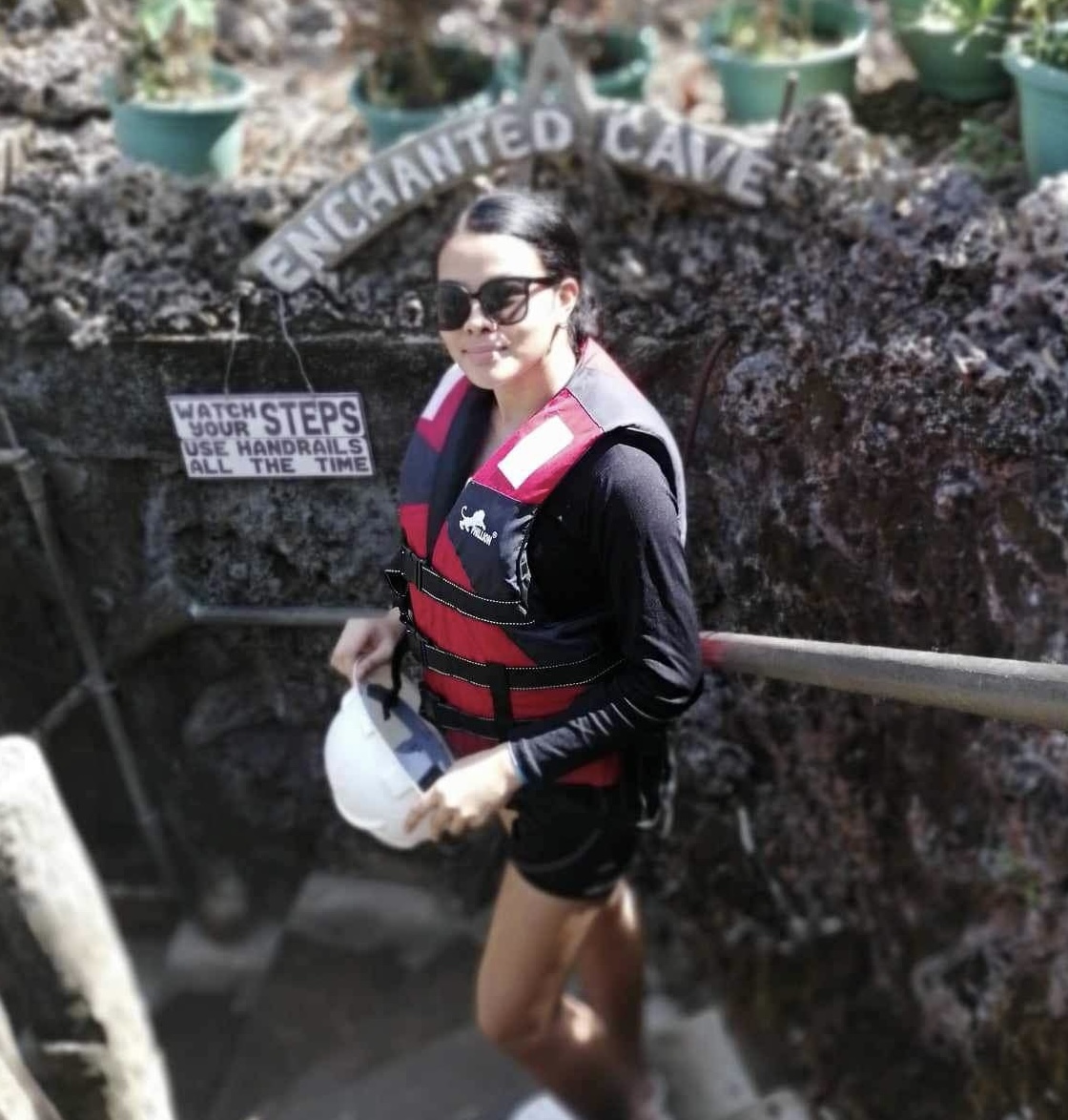
I’m Ken, an avid travel blogger and a nurse chronicling my adventures on “The Sneaky Traveller.” My journey in healthcare and travel enthusiast is driven by a desire to make a meaningful impact in both realms.
